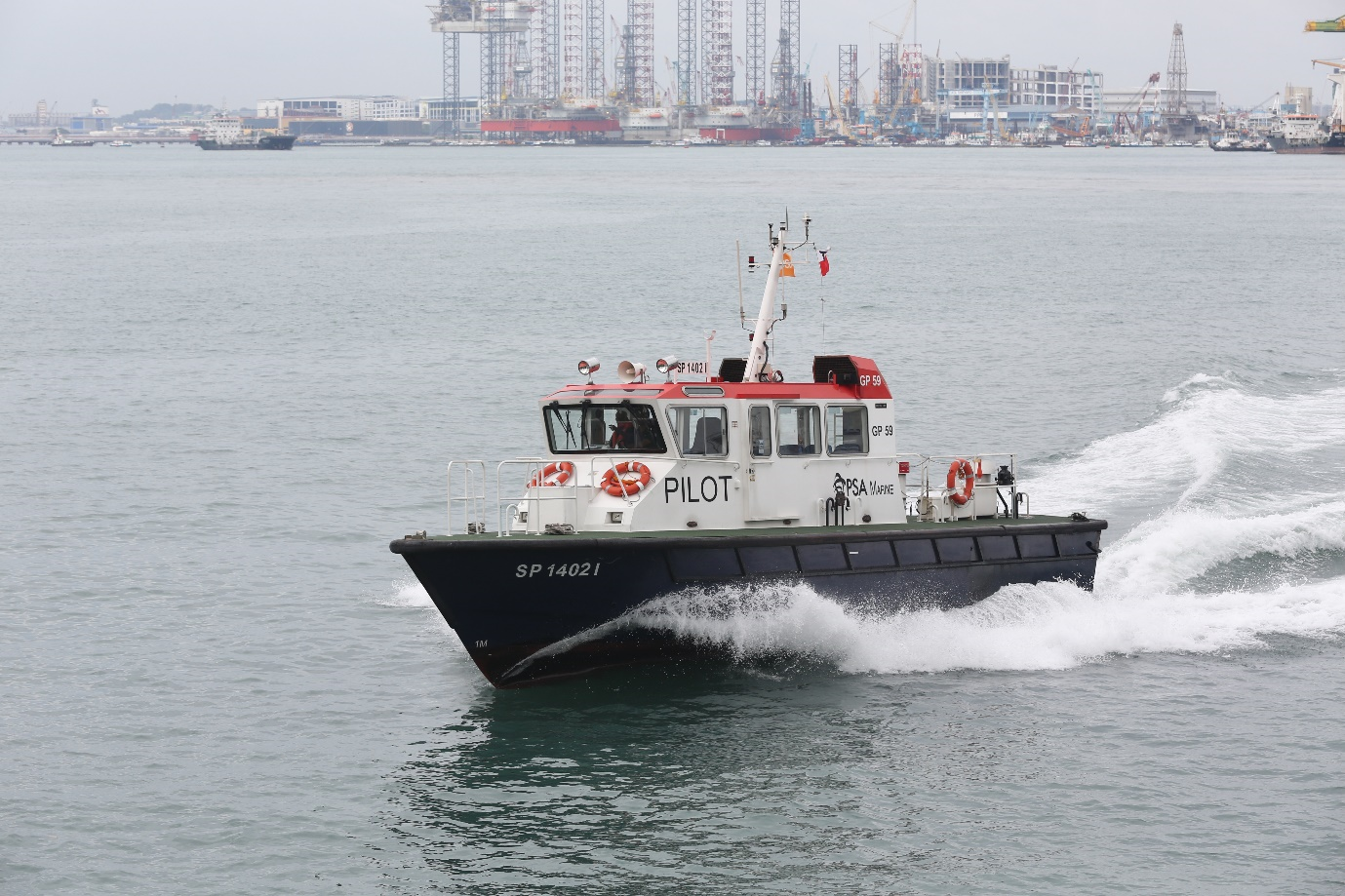Operating in one of the world's busiest hub ports with around 1,000 vessels calling at any given time, marine services provider PSA Marine plays a key role in navigational safety through its modern fleet and dedicated team of professionals.
On 24 October 2017, when the chief officer of the vessel CSL Santa Maria fell overboard, PSA Marine responded to their distress call by dispatching their nearby pilot boats and personnel to assist in the search and rescue operations.
The vessel was originally scheduled to anchor to fix the gangway. Shortly after unberthing from the terminal, the gangway defect was reported to be rectified and the vessel's destination was then changed to Disembarkation Ground 7. The weather conditions were normal on that day with wind speed of less than 5 knots, the sea was calm and towards the new moon.
Due to the prompt assistance provided by the search and rescue teams, a life was saved, and the chief officer was rescued.
Immediate assistance, last known position, resources key to rescue
The crucial factors in a successful search and rescue operation are immediate assistance, last known position and the availability of resources.
As the man overboard will drift with prevailing tidal currents, commencing the search in the shortest time will narrow down the search area. It is therefore crucial to provide immediate assistance as soon as the man overboard distress call signal is made, as this increases the chances of locating the man overboard.
In recognition of this effort, PSA Marine won the MPA Safety@Sea Award last year for "Outstanding Contribution to Search and Rescue Efforts in 2017.

